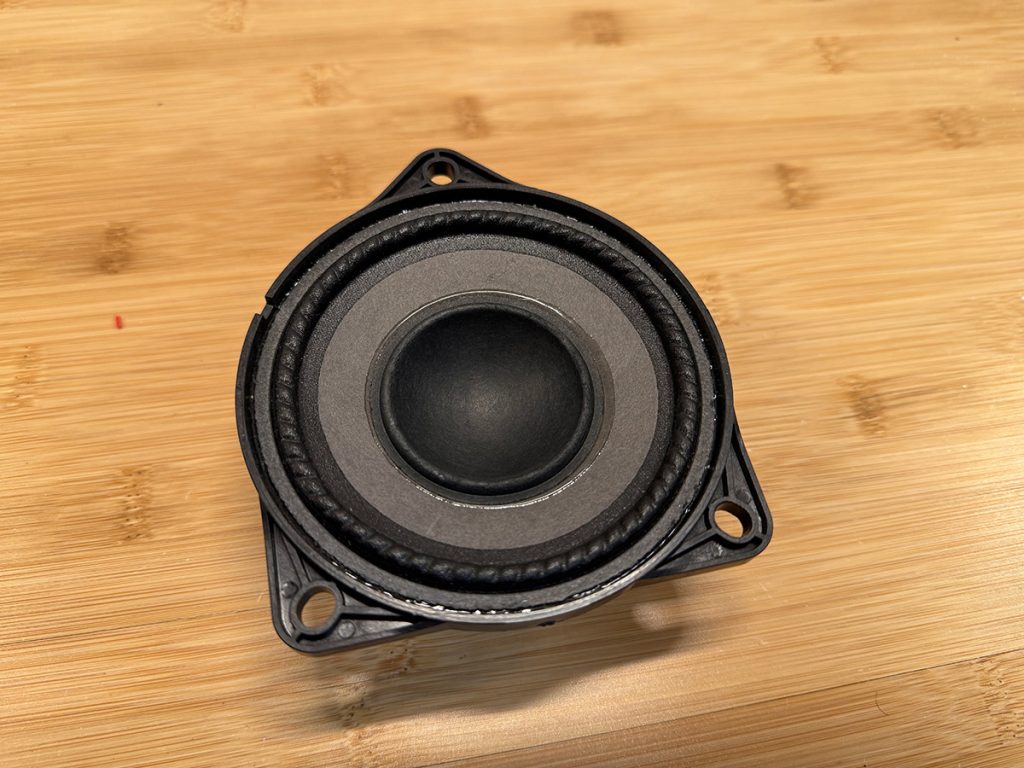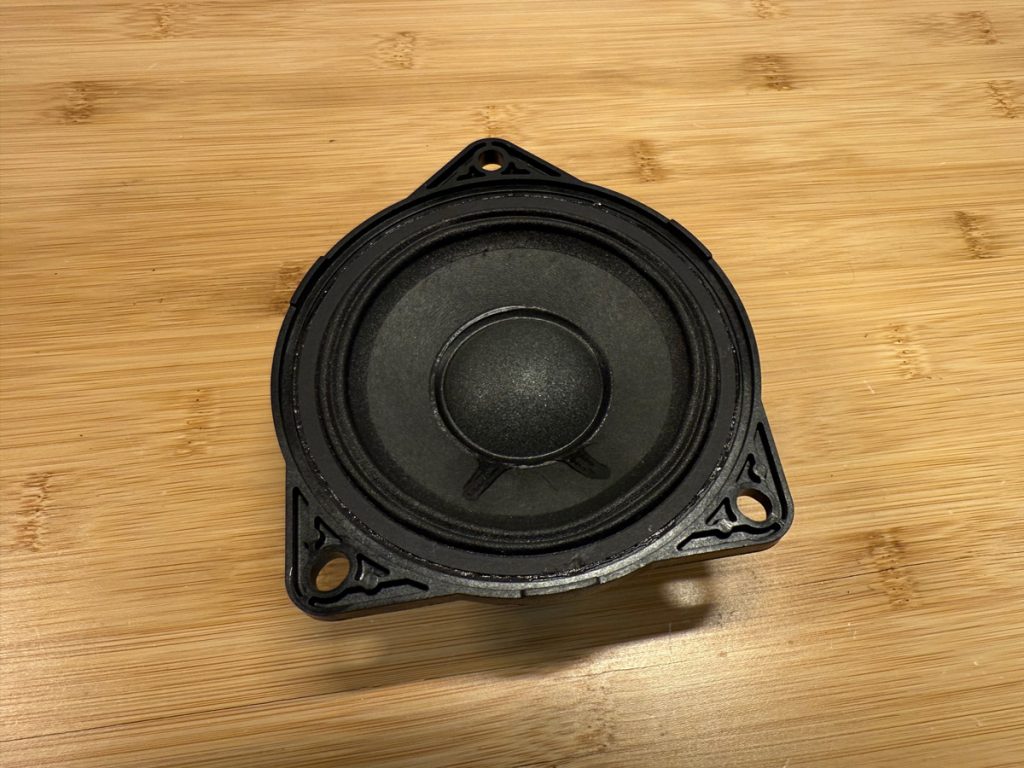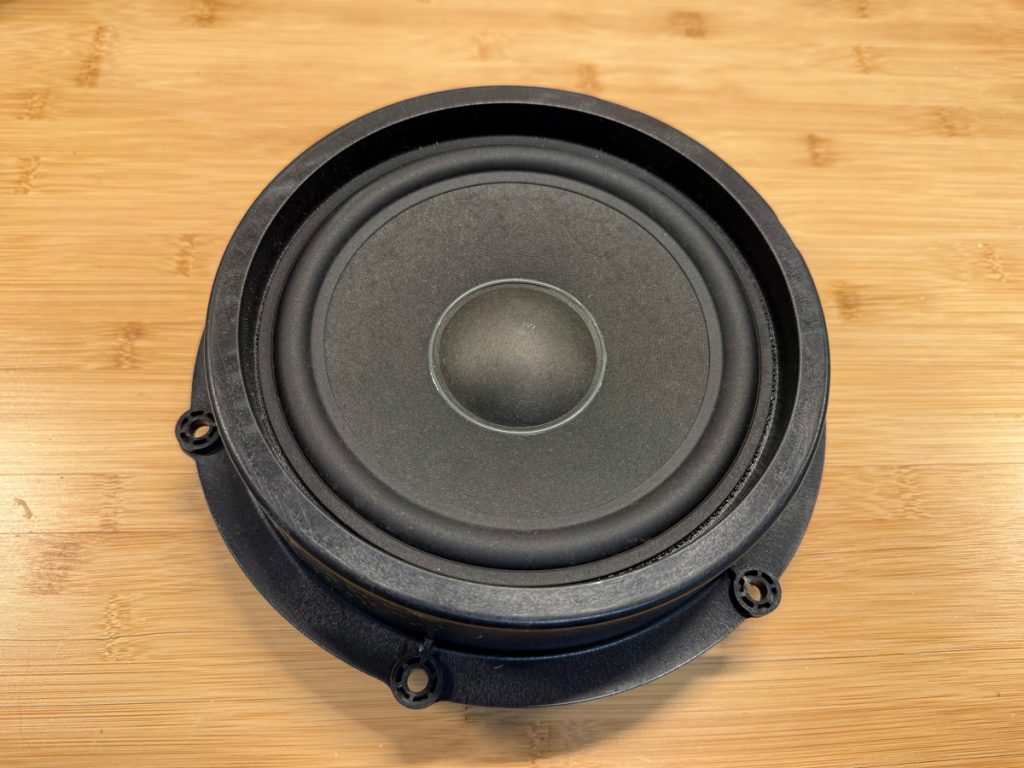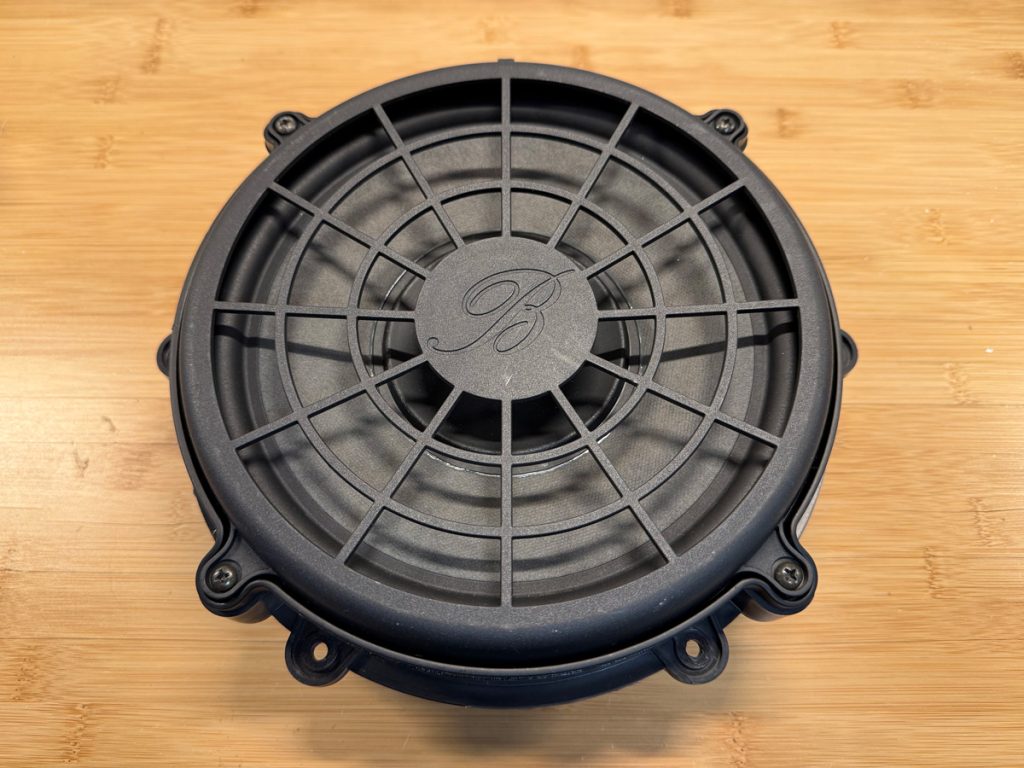
What are the differences between the Base, BOSE, and Burmester speakers in Porsche vehicles? Can a higher level speaker be installed for upgraded sound? Will the amp be compatible?
Porsche offers 3 different levels of speakers in their cars: Base (Sound Package Plus), High End (BOSE), and Top Premium (Burmester).
There are differences between each speaker type and here we’re going to explore the multiple factors that determines whether something can be a plug-and-play upgrade or not. First we will begin with a big one. Ohms!
Ohm… no, no we’re not doing yoga
‘Ohms’ is a term you may have heard used when looking at speakers specifications, and it’s a measure of the impedance – the electrical resistance for current flowing through a device.
The ohm (symbol: Ω, the uppercase Greek letter omega) is the unit of electrical resistance in the International System of Units (SI). It is named after German physicist Georg Ohm.
The ohm is defined as an electrical resistance between two points of a conductor when a constant potential difference of one volt (V), applied to these points, produces in the conductor a current of one ampere (A), the conductor not being the seat of any electromotive force.
– Wikipedia
In other words, the impedance (ohms) rating is what determines how much power a speaker may pull from an amplifier. For example, a speaker with a higher impedance rating will pull less power from an amplifier compared to a speaker with a lower impedance rating. Amplifiers usually don’t have fixed impedance ratings, but instead will support a range of values down to a minimum number (EG 2 ohm stable).
This means it’s generally fine to replace a speaker with one that has a similar or higher impedance rating, but installing one with a substantially lower rating could potentially be an issue (depending on what the amplifier is rated for). This is because lower impedance speakers may pull too much power causing the amp to do more than it was designed for.
Measuring a speaker’s exact impedance is a little challenging because this number can actually vary depending on the frequency the speaker happens to be playing at any given time. However, what we can easily measure is the DC resistance (Re) using a voltmeter. This won’t give us perfectly accurate impedance number, but it will provide something which can be useful as a reference when looking at how the original speaker stacks up against a potential replacement.
Whew! Now, with the science lesson out of the way let’s look at the different speakers to see how they compare.
Tweeters
Porsche has different tweeters for each level, and the premium Burmester level comes in 2 different form factors. One rectangle AMT ribbon type for the front dash and a round dome type another for the rear.
Construction
The Base and BOSE versions are similar in size and construction. Depending on the year, each may include a capacitor to act as a low-pass filter. The round Burmester tweeter is substantially larger than the other two, and case for the AMT version is made from milled aluminum with a brushed finish.





Specifications (measured)
Base
- Driver size: 1 in
- Weight: 33g
- DC resistance (Re): 3.4 ohm
Bose
- Driver size: 1 in
- Weight: 42g
- DC resistance (Re): 3.4 ohm
Burmester (front)
- Driver size: 1.75 in
- Weight: 197g
- DC resistance (Re): 6.0 ohm
Burmester (rear)
- Driver size: 1.25 in
- Weight: 50g
- DC resistance (Re): 4.0 ohm
Installation notes
- The form factor for all 3 round versions are identical so they can be swapped into the OEM locations (front and rear) without issue.
- Installing the larger rectangle version into a space which originally held a round version is possible by removing the small plastic retainer which holds the round tweeter. While the removal of the retainer is straightforward, reinstalling it is a little trickier so for all intents and purposes this should be considered non-reversible modification.
- The Base and BOSE tweeters (in many model years) include a capacitor which acts as a “first order” crossover to filter out lower frequencies. This is needed as the tweeter and midrange are run off the same channel and this crossover prevents lower frequencies from reaching the tweeter and causing potential damage. If your existing tweeters have capacitors present you should look at using them with the new tweeters as well.
- The connectors between all 3 tweeters are similar enough they can be easily modified to be interchangeable. Wiring adapters can also be used to avoid any such modification (and also ease the addition of a crossover, if needed).
Midrange & surround
The midrange drives for each level include both a full midrange for the door as well as smaller center and surround midranges which are a bit smaller.
Construction
The Base version is made from low-density foam and paper cone. The BOSE version also uses a paper cone but includes a much larger magnet and a high quality foam surround. Burmester features a much higher quality rubber surround and woven fabric cone.







Specifications (measured)
Base
- Driver size: 3.5 in
- Weight: 125g
- DC resistance (Re): 6.9 ohm
Bose (pre-2019 front)
- Driver size: 3.5 in
- Weight: 373g
- DC resistance (Re): 2.1 ohm
Bose (pre-2019 center/surround)
- Driver size: 2.75 in
- Weight: 164g
- DC resistance (Re): 3.5 ohm
Bose (2019+ center)
- Driver size: 3.5 in
- Weight: 212g
- DC resistance (Re): 2.0 ohm
Burmester (front)
- Driver size: 3.5 in
- Weight: 202g
- DC resistance (Re): 2.7 ohm
Burmester (center/surround)
- Driver size: 2.75 in
- Weight: 196g
- DC resistance (Re): 2.8 ohm
Installation notes
- The form factor for all 3 versions are identical so they can be swapped into the OEM locations without issue.
- The connectors on all 3 versions are different so it’s best to use wiring adapters to avoid any cutting of the original vehicle wiring.
Woofer (mid-bass)
Woofers for each level come in both front and rear versions for Porsche’s 4 door variants. The Base and BOSE versions both use undersized woofers in the rear, whereas Burmester takes full advantage of the available space.
Construction
Like the midrange drivers, Base and BOSE both use foam surrounds and paper cones. Burmester also uses a form of paper cone here, but includes much higher quality rubberized foam surround material.








Specifications (measured)
Base (front)
- Driver size: 7 in
- Weight: 855g
- DC resistance (Re): 2.2 ohm
Base (rear Macan/Panamera)
- Driver size: 5.8 in
- Weight: 400g
- DC resistance (Re): 3.7 ohm
Base (rear 2011-2018 Cayenne)
- Driver size: 6 in
- Weight: 452g
- DC resistance (Re): 3.7 ohm
BOSE (pre-2019 front)
- Driver size: TBD
- Weight: TBD
- DC resistance (Re): TBD
BOSE (2019+ front)
- Driver size: 8 in
- Weight: 825g
- DC resistance (Re): 3.2 ohm
BOSE (rear)
- Driver size: 5.8 in
- Weight: 400g
- DC resistance (Re): 2.2 ohm
Burmester (front)
- Driver size: 8 in
- Weight: 1038g
- DC resistance (Re): 1.9 ohm
Burmester (rear)
- Driver size: 7 in
- Weight: 848g
- DC resistance (Re): 2.1 ohm
Installation notes
- The form factor for all 3 versions are identical so they can be swapped into the OEM locations without issue.
- On some Panamera models the speakers are secured with rivets instead of normal bolts. This requires extra work to remove and replace.
- The connectors on all 3 versions are different so it’s best to use wiring adapters to avoid any cutting of the original vehicle wiring.
Conclusion
There are certainly some big differences between the different levels of OEM Porsche speakers, and swapping some lower level speakers to a higher level could provide a substantial upgrade in sound.
Have you swapped out your lower level Porsche speakers for a better type? If so, share how things went in the comments.

[…] Researching differences between Base, BOSE, and Burmester speakers […]
[…] is a follow-up from our driver comparison where we compared the physical and electrical differences between each speaker level Porsche […]